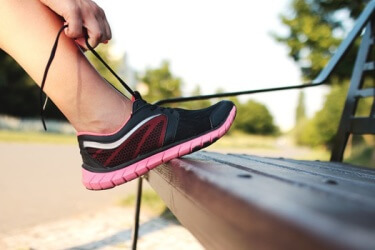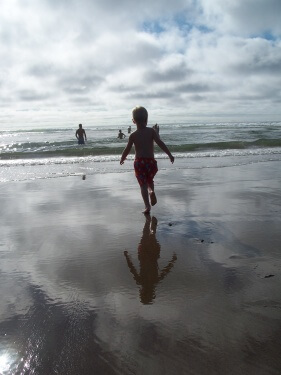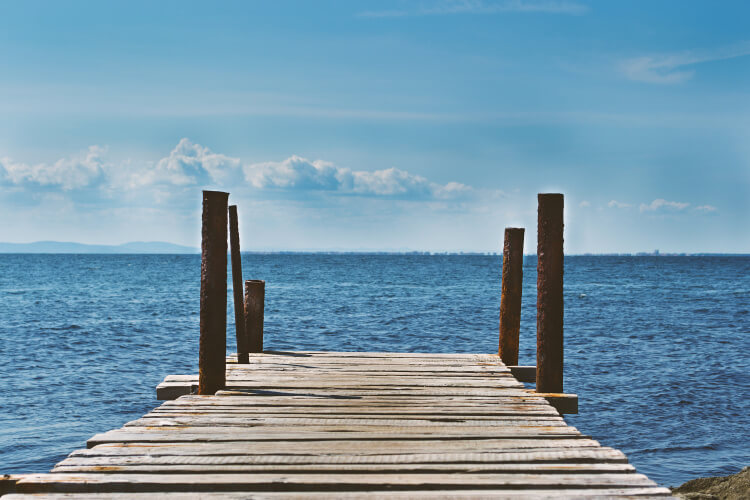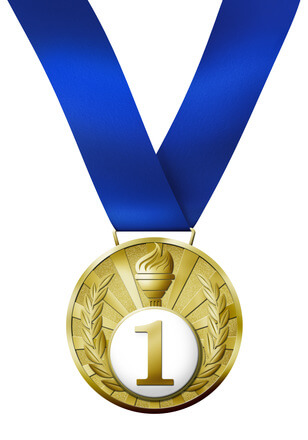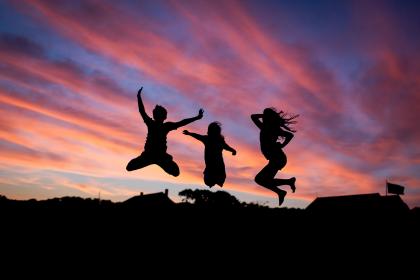Not long ago I was preparing to schedule student teacher observations and field experience visits. I then discovered it was that time of the year when standardized tests took over our schools. Schedules change and teachers and administrators are overly stressed ensuring proper procedures are being followed. Some students care a great deal, while others not a bit. And of course the purpose of all of this testing is to tell us how our students, teachers, and schools are doing, and to compare each of them with others around the state, county, region, and nationally.
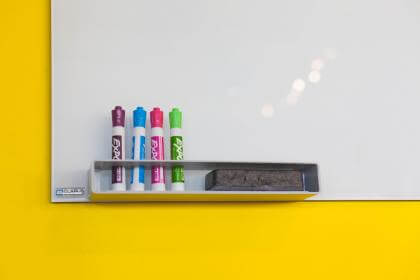
Perhaps your health and physical education classes have escaped the specter of standardized tests? Or maybe you are accountable for fitness tests, motor skill assessments, or have to create your own student-based learning outcomes? In either case, I believe that most teachers, parents, and administrators will tell you these standardized tests fail to adequately express the full story of what America’s students, teachers, and schools are achieving. Stories of great academic achievements rarely reference test scores. There is so much more that my students, my fellow teachers, and I do that can’t be easily assessed by standardized tests. These are the real victories that I believe are most important, and I think we should celebrate more than the means, medians, and standard deviations the testing agencies report to us.
I first saw the first “brag board” at the fitness center where I worked out. People could post their latest accomplishments, goals attained, and personal bests. I decided this was a great idea I could use to celebrate students’ real progress toward becoming lifelong movers that was not revealed with fitness tests. My original brag board started out as a white board where students could write their accomplishments in and out of class. For younger grades, I would often be the person to select content. For example, my second graders told me they were able to do the swing step while jumping rope at recess so I told them to put that on the board. The white board was short lived and quickly replaced by a large sheet of white paper. I did away with the white board because we quickly started to run out of room but I didn’t have the heart to erase anything. The papers create a lasting celebration of student success.

